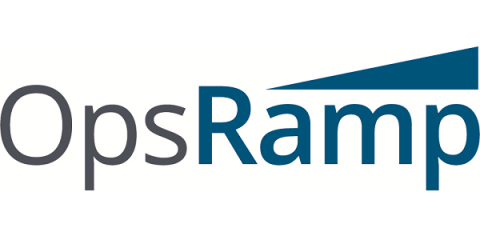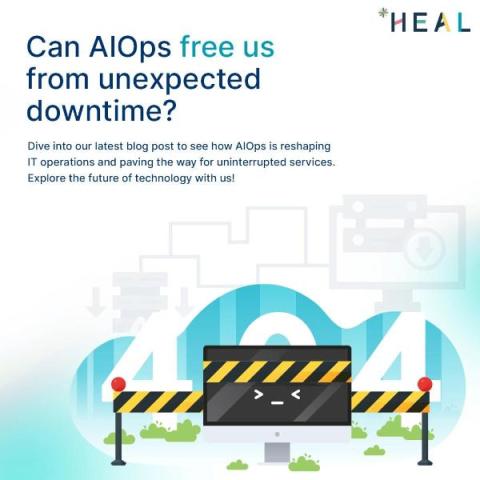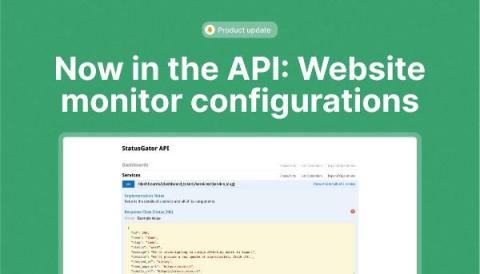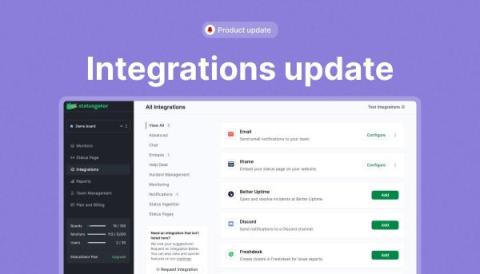How AI-Enhanced Phones Simplify Booking in Restaurants
Imagine you're planning a night out at your favorite restaurant. Gone are the days of dialing numbers and waiting on hold. Today, AI-enhanced smartphones streamline the process, making it a breeze to secure a table. In this article, we explore how these technological marvels are transforming restaurant bookings, making the experience faster, more efficient, and personalized.











